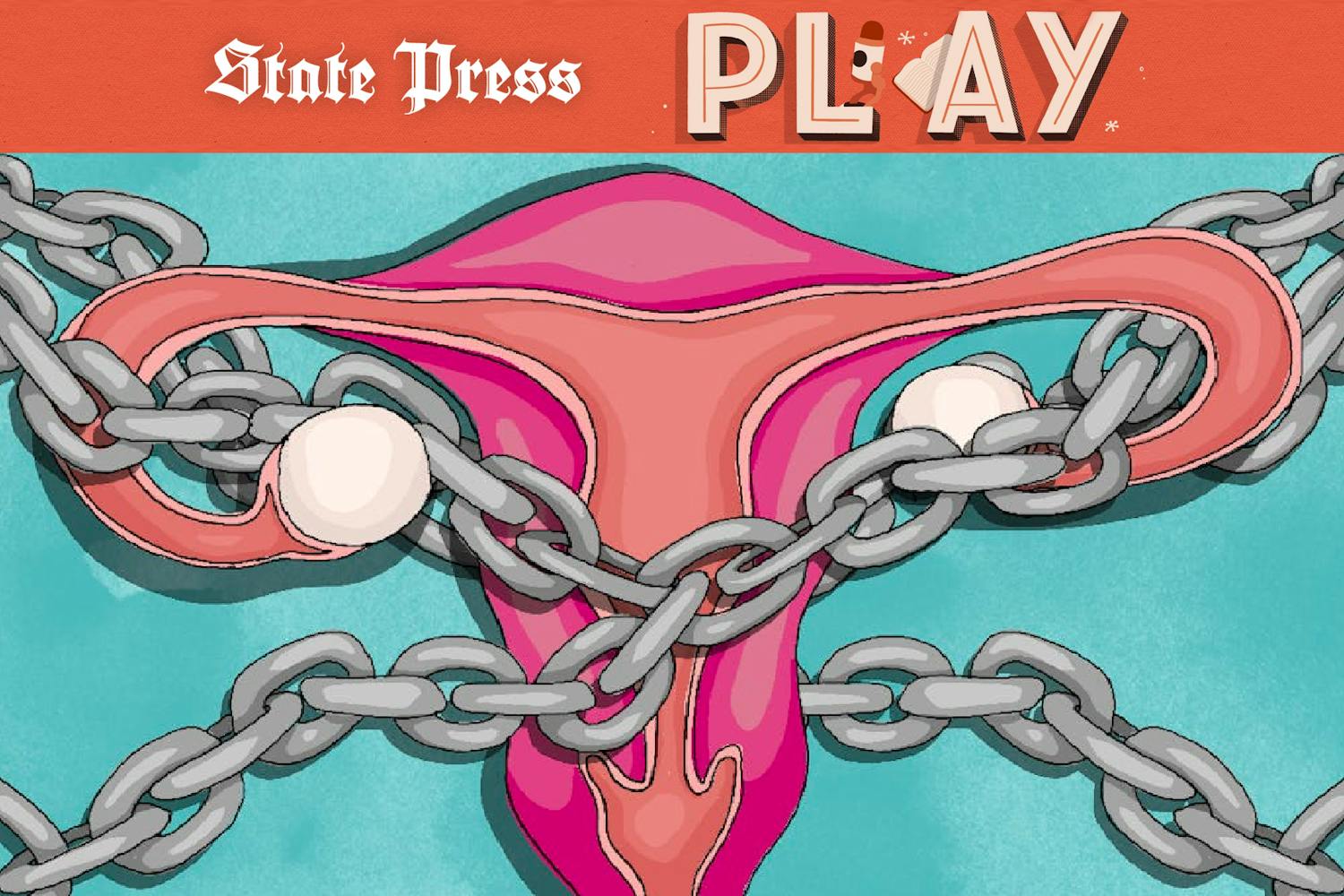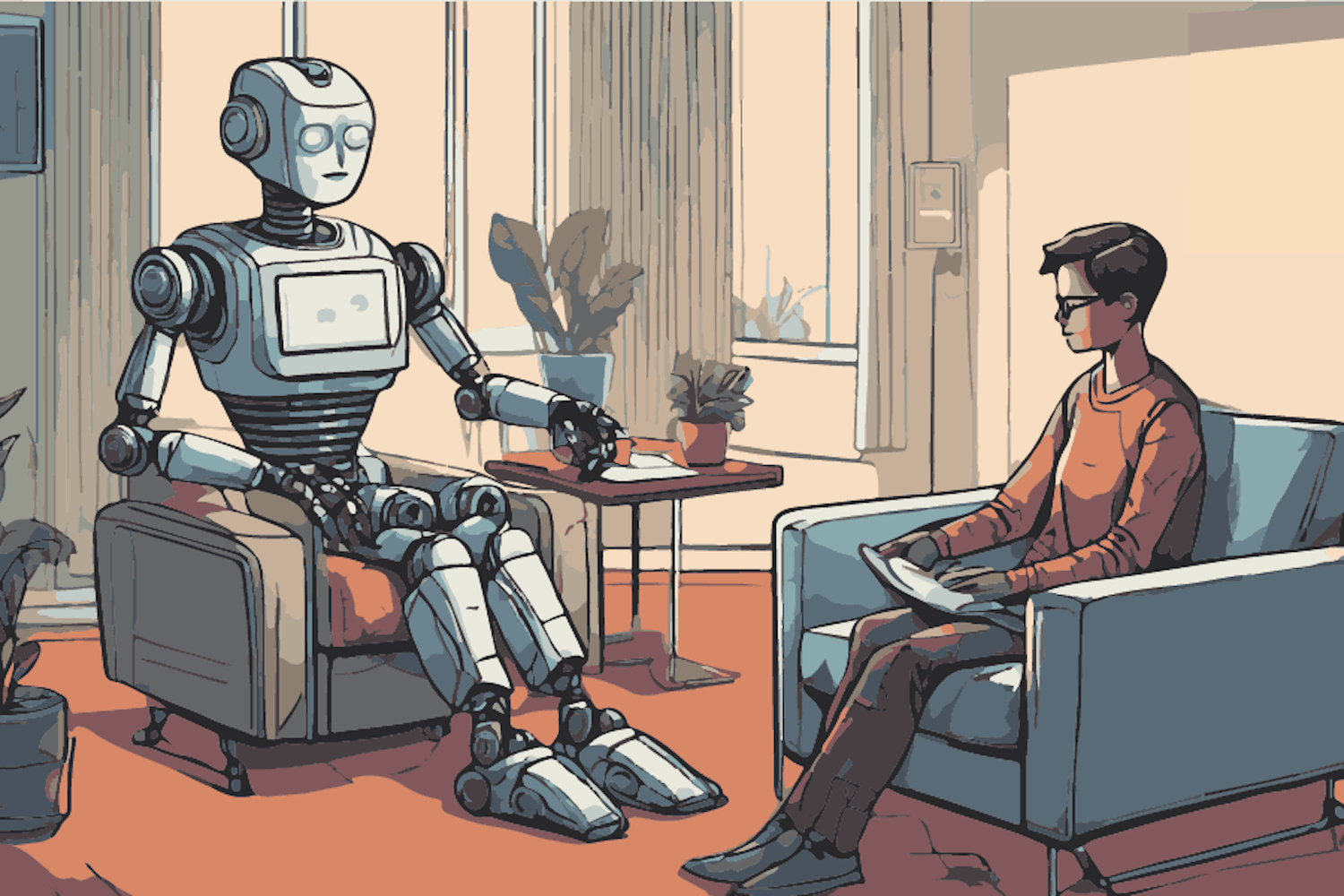“Why are women so emotional?” “Why are men so mean?” “Why are girls so shallow?”
Type the beginnings of a question about gender into Google, and the instant suggestions reveal a commonplace lack of understanding between genders.
Where does this rift begin? Some say it’s biological — men and women are just inherently different. But sociology suggests otherwise.
“Gender is constantly created and re-created out of human interaction,” gender sociologist Judith Lorber writes in “Paradoxes of Gender.” “Gender, like culture, is a human production,” she adds.
And gender, like Barbie, is often produced in a toy factory.
From Bratz “All Glammed Up” dolls to the Nerf’s “N-Strike Clear Recon CS-6” guns, toy companies market their toys divisively. The differing ideals enforced by these gender-specific toys contribute to a socially constructed separation of girls and boys.
From their first Hot Wheels car or Cabbage Patch doll, children learn that girls and boys are somehow different. Girls care about makeup and maternity, while boys appreciate brutality and bloodshed.
A study of toy advertisements illustrates this trend. Crystal Smith, a marketing writer and gender equality activist, constructed two word clouds: one of ads directed at boys, and the other at girls.
Words like “battle,” “power” and “beat” dominated the boys’ cloud. The girls’ cloud featured “love,” “babies,” “fashion” and “perfect.”
Some worry about girls accommodating expectations of beauty and domesticity while their male counterparts complete tasks branded as more important, like fighting crime. However, one cannot classify parenting skills as less necessary than physical safety.
And boys confront expectations too. A male who chooses a non-violent career challenges ideals set for him by GI Joe commercials.
Neither girls nor boys suffer more from gender constructions built by divisive toys. All children are victims.
The ability to even claim that one gender suffers more first requires the genders’ separation — built in part by these toys.
This separation damages the ability to reason through personal conflicts. Instead of pondering why a specific person acts how he does, girls faced with dating trouble Google “why are boys so confusing,” assigning personal issues to an entire gender.
This impaired ability to relate occurs on romantic, friendly, and even professional levels.
A 2009 BBC ad for “The Apprentice” announced that the female finalists would be “armed with their lip gloss and high heels.”
This ad reflects sexist attitudes about women in the workplace, formed early on by toys like the Disney Princess 5-Pack Lip Balm and Fisher Price Dress-Up Vanity.
“From the time our children are born, we use every means to accentuate sex distinction in both boy and girl,” writes sociologist and feminist Charlotte Perkins Gilman in her book, “Women and Economics.”
Gilman further explains that even though some gender differences are indeed biological, social customs have rendered those differences obsolete.
Primitive men fought other men for the prize of mating with a woman, she explains, until they realized that enslaving women saved them a fight and made more babies.
We’d like to think we’ve moved past that. But unless we want girls to grow up submissive, lest boys must engage in a sloppy bar fight on Mill Avenue before impregnating them, we should re-assess the value of gender-specific toys.
Reach Alex at algrego1@asu.edu



